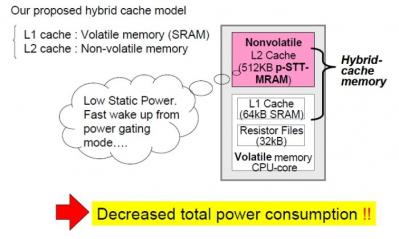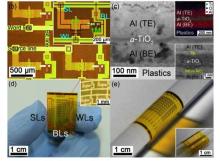Singulus sees increased MRAM activity by large semiconductor companies
 Singulus Technologies says that in the past couple of months they have noticed "increased activities in the area of MRAM memory by large semiconductor companies". The company expects MRAM development to progress and they consider themselves to be in an exceptional starting position for the upcoming growth market of MRAM memory. Their TIMARIS vacuum coating machines are already used by customers to develop MRAM wafers.
Singulus Technologies says that in the past couple of months they have noticed "increased activities in the area of MRAM memory by large semiconductor companies". The company expects MRAM development to progress and they consider themselves to be in an exceptional starting position for the upcoming growth market of MRAM memory. Their TIMARIS vacuum coating machines are already used by customers to develop MRAM wafers.



